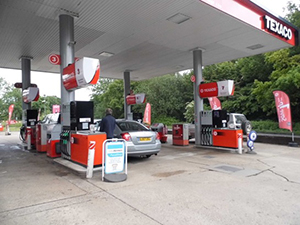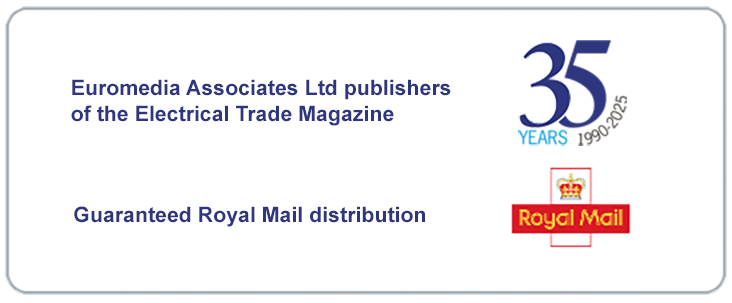Van leasing specialists LeaseVan have urged UK drivers to steer clear of danger when stopping to top up their vehicles.
They have been told that mobile phone use is prohibited near fuel pumps because there is a small risk of sparking.
Mobiles or other devices are allowed in the shop or parked vehicles, but are unsafe to use in the explosive atmosphere that temporarily exists around the filling station during refuelling.
Using a phone is also discouraged on fuel station forecourts to avoid the hazardous potential of a pedestrian’s becoming distracted.
In a confined environment with plenty of moving vehicles, drivers need to keep their wits about them at all times when exiting their car or van.
LeaseVan have also reiterated that it is vital to never light a cigarette – or anything else – at a petrol station.
All motorists and passengers need to remember that there could be fuel or flammable vapours waiting for ignition, which could destroy the facility and kill the smoker.
Other safety advice offered to motorists includes remembering to carefully follow  any instructions displayed, such as to stay inside the vehicle at machine car washes.
any instructions displayed, such as to stay inside the vehicle at machine car washes.
Parking close to the pumps for refuelling and in a safe place away from the pumps before conducting car maintenance, such as checking tyre pressure, is important too.
Drivers have also been reminded to re-join the road in the correct location and only after giving way.
Tim Alcock of LeaseVan, said:
“We want drivers up and down the country to make sure safety is at the forefront of their mind when refuelling their vehicles. You might have seen signs saying turn off your phone at petrol stations and wondered what the point is, but there is a very real reason behind this. Although it’s a very small chance, a mobile phone could create a spark which would spell disaster with all the fuel and flammable vapours around. At the very least, walking around the forecourt with eyes down at a mobile device may cause a distraction and mean getting hit by any number of vehicles in the vicinity. Smoking, too, is widely known to be dangerous on petrol station forecourts and not just for the usual cancer causing chemicals cigarettes contain. It can’t be reiterated enough: if you’ve got away with lighting up whilst stopped for fuel in the past, that doesn’t make it safe – please never risk damage and death again.
He also said information on signs is there for a reason – to help motorists avoid hazards and mishaps.
“Motorists also need to keep their eyes open and pay attention to instructions displayed around fuel stations. If you are advised to remain in your car while it’s being washed or head to a certain spot to put air in your tyres, don’t be stupid and think these rules only apply to everyone else. Drivers might also spot caution notices for spillages of fuel and oil or potholes and puddles on older surfaces – heed any such warnings to avoid slipping or skidding. Parking too far from the pumps or leaving a pump unattended could also create an unnecessary trip hazard. Re-joining the carriageway might, too, be hazardous if done improperly; most petrol stations have separate entrances and exits that drivers need to be aware of. Motorists should also remember to belt-up, check their mirrors and give way to any passing pedestrians or traffic.”






